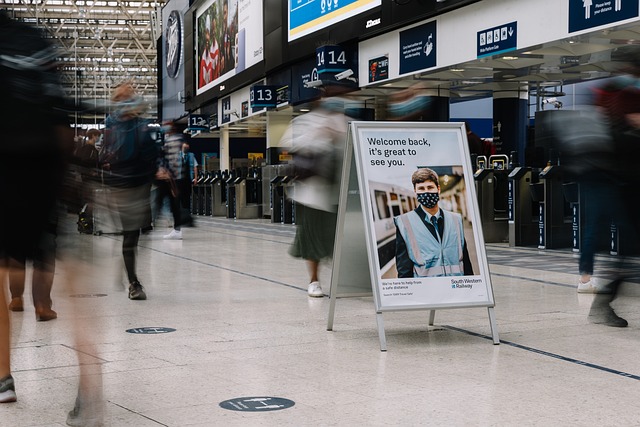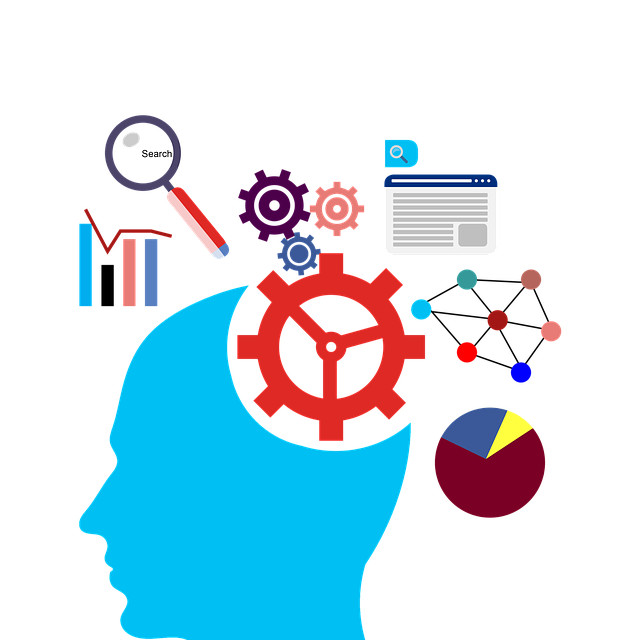AI and machine learning are revolutionizing gym operations in the digital age, optimizing time-of-day content delivery. By analyzing user behavior, gyms can schedule peak energy workouts like HIIT during busy hours and offer calming sessions like yoga later, enhancing member experiences. AI algorithms dynamically adjust schedules, equipment availability, and promotions based on membership patterns and workout trends, increasing efficiency and satisfaction. Personalized recommendations tailored to individual fitness goals and behaviors foster engagement and allow staff to provide expert guidance where it matters most.
Gym operations can be significantly enhanced through the strategic utilization of real-time data. By harnessing insights from member behavior, equipment usage, and other factors, gyms can optimize their services and create more engaging environments. This article explores the transformative potential of real-time data, focusing on AI time-of-day optimization for content delivery. We’ll delve into effective strategies to implement AI, maximizing its benefits for improved gym operations.
- Understanding the Power of Real-Time Data in Gyms
- AI Time-of-Day Optimization: A Game-Changer for Content Delivery
- Strategies to Implement and Maximize AI for Gym Operations
Understanding the Power of Real-Time Data in Gyms

In today’s digital era, real-time data is transforming gym operations, revolutionizing how fitness facilities optimize their services and enhance member experiences. By leveraging AI and machine learning algorithms, gyms can gain valuable insights into their operations at every hour of the day. This includes understanding membership trends, equipment usage patterns, and peak workout times, all of which are crucial for effective resource allocation. For instance, AI can help optimize content delivery by suggesting tailored workout plans based on individual member preferences and real-time feedback.
Furthermore, time-of-day optimization is a game-changer in gym management. By analyzing membership activity across different periods, gyms can adjust staffing levels, class schedules, and equipment availability accordingly. This ensures that members receive the best possible service during their most productive hours, creating a bustling atmosphere of dedicated folks striving towards their fitness goals.
AI Time-of-Day Optimization: A Game-Changer for Content Delivery

In today’s digital era, AI time-of-day optimization has emerged as a game-changer for content delivery in gym operations. By leveraging machine learning algorithms, gyms can analyze user behavior and activity patterns throughout the day. This data-driven approach enables them to tailor their content—from workout routines to nutritional advice—to match the specific needs and preferences of members at different times. For instance, high-intensity interval training (HIIT) classes might be scheduled during peak hours when users are most energetic, while yoga or meditation sessions could be offered in the evenings to promote relaxation.
This optimization goes beyond simply scheduling; it also influences the type of content delivered. AI can identify trends and preferences, ensuring that members receive relevant and timely information. For example, if a particular workout challenge gains popularity during morning hours, the gym’s app can push notifications with tips and progress tracking for that specific routine. This personalized approach not only enhances user engagement but also fosters a sense of community within the gym, making it a vibrant and responsive space for all members throughout the day.
Strategies to Implement and Maximize AI for Gym Operations

Implementing AI in gym operations can significantly enhance efficiency and member satisfaction, but maximizing its potential requires strategic planning. One key strategy is leveraging AI for time-of-day optimization in content delivery. By analyzing membership patterns and workout trends during specific hours, AI algorithms can dynamically adjust class schedules, equipment availability, and promotional offers to meet demand. For instance, popular classes could be scheduled more frequently during peak times, ensuring members have access when they need it most.
Additionally, AI can personalize the gym experience by offering tailored recommendations based on individual workout goals and preferences. Using machine learning models, the system can learn from member interactions and behaviors, suggesting specific exercises, classes, or equipment to enhance their fitness journey. This not only improves engagement but also allows staff to focus on providing expert guidance where it’s most needed.
Real-time data is transforming gym operations, offering a competitive edge in an increasingly digital fitness landscape. By leveraging AI time-of-day optimization for content delivery, gyms can personalize experiences, maximize member engagement, and improve overall efficiency. Implementing strategic AI solutions allows for data-driven decisions, ultimately enhancing the way gyms function and cater to their members’ needs. This innovative approach ensures that gym operations stay ahead of the curve in a rapidly evolving industry.
